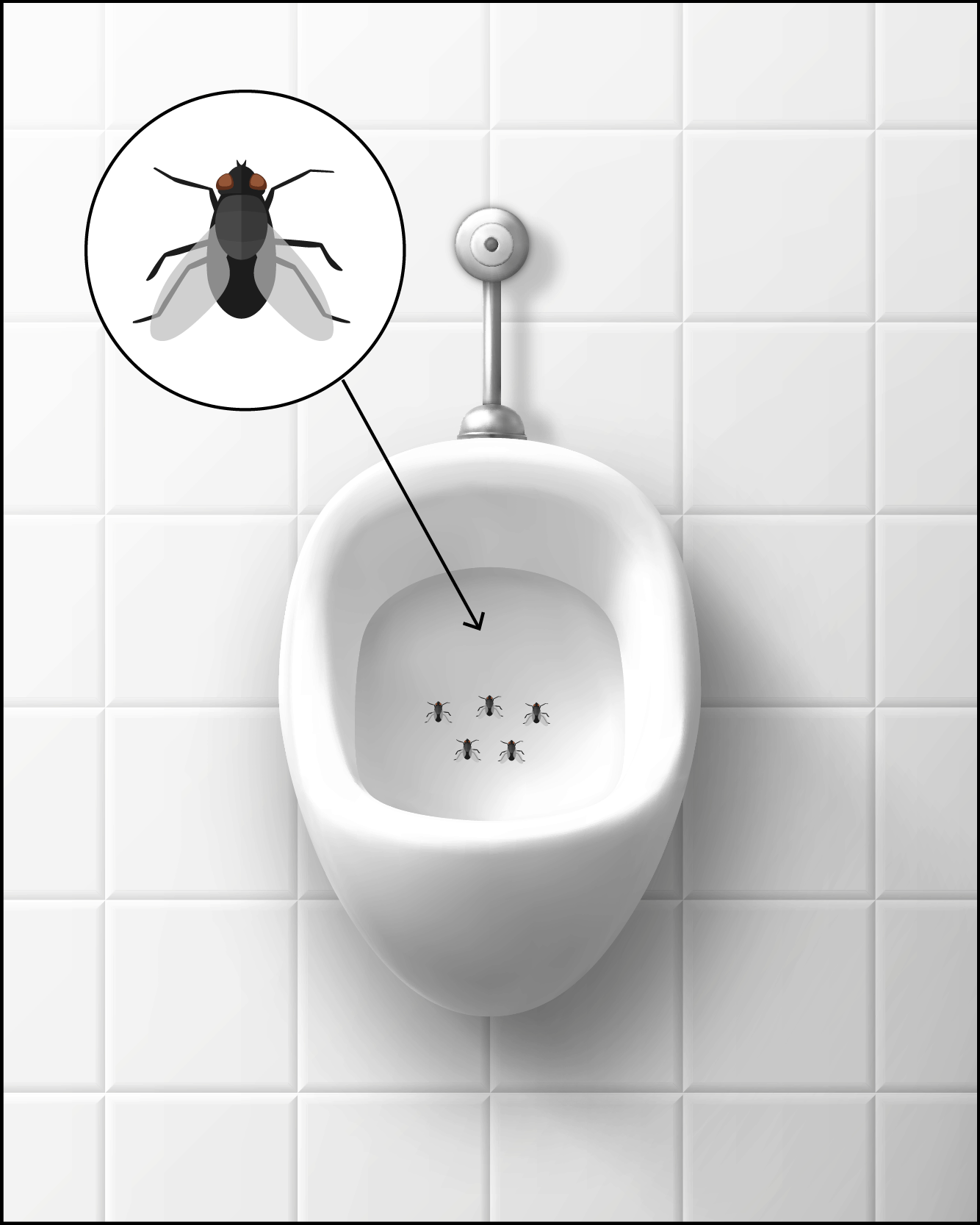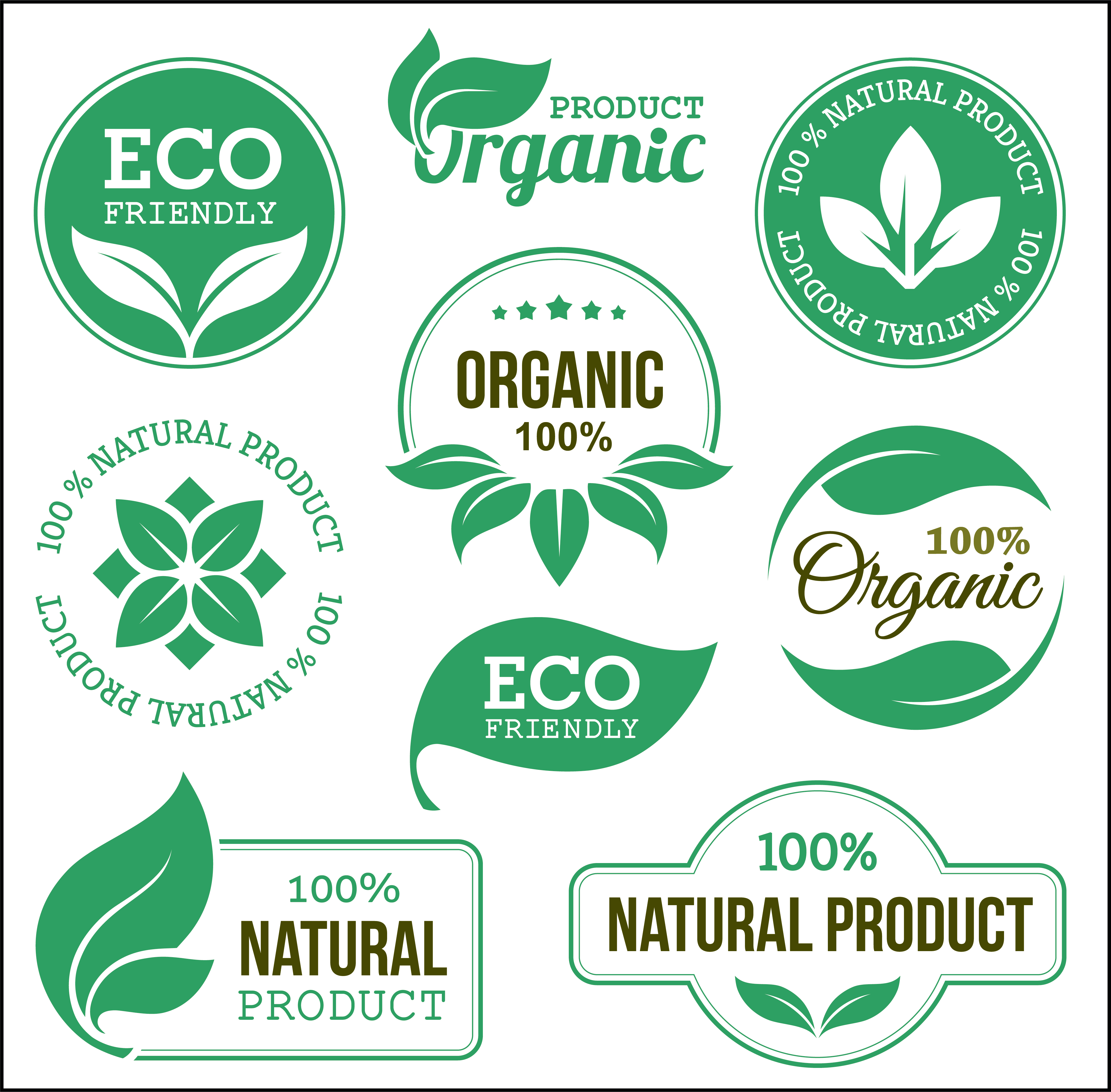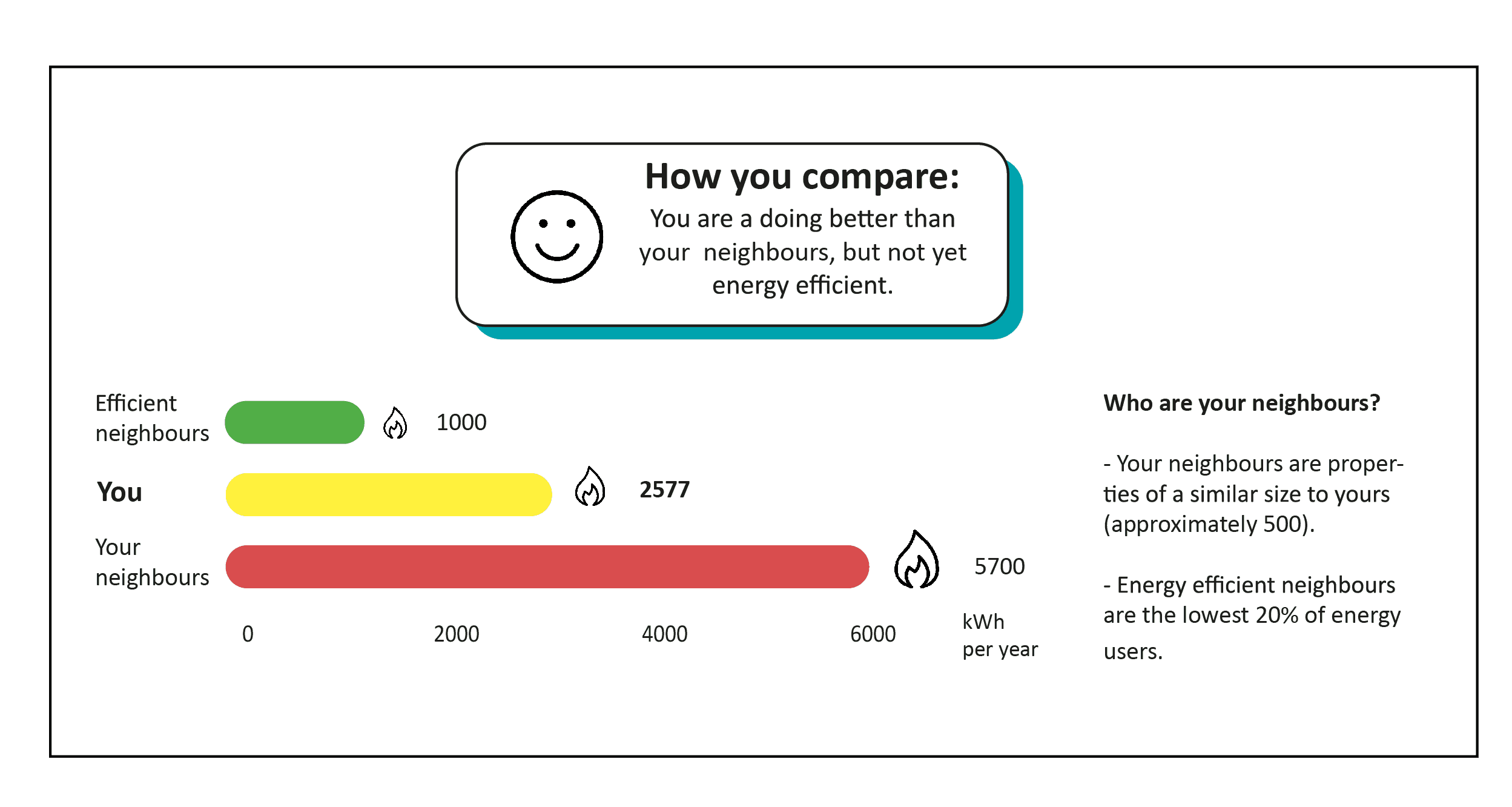24th February, 2020
Dr Rebecca Koomen
Share
What’s a green nudge?
Over the past decade, the field of applied behavioural science has developed an array of methods to influence public behaviour. Many involve behaviour change interventions that systematically alter one (or a handful) of characteristics in the environment in which people make choices and then test the effects of the new environment(s) against the original environment. For example, a disgruntled maintenance team at Amsterdam’s Schiphol Airport wanted to change the behaviour of their male visitors, after noticing a pattern of excessive ‘spillage’ around their urinals. In a now famous example of applied behavioural science, they applied some small decals in the shape of a fly in some of the urinals and found that men suddenly used these urinals with much more accuracy than the urinals without the decals, presumably because they had a target to aim at.
By comparing the spillage differences between the urinals with decals and those without decals, the team was able to say with confidence that male behaviour improved when a decal was provided, and this occurred without any education campaign, coercion, or incentives. In fact, the decals were a relatively inexpensive fix!

Behavioural interventions can have a powerful effect on how people behave by capitalising on our predictable thought patterns and decision mechanisms. Marketing and sales professionals have long been aware of the influential power of applied behavioural science, but in the last decade or so governments and other socially minded organisations have begun to utilise these tools for many publicly beneficial behaviours, like tax compliance, organ donation, and traffic control.
With the looming threat that global climate change poses for our world, it's none too soon for a new target of applied behaviour science: our habits and choices with the environment. We are a species that uses more resources in nine short months than the earth can produce in one entire year, and this rate keeps increasing as our population grows and our lifestyle expectations advance. In order to avoid ecologically and socially disastrous consequences, scientists urge us to change our behaviour, our economic structures, and our relationship with the environment upon which we depend.
According to UN climate change expert, Niklas Hagelberg, behavioural science is necessary to combat environmentally exhausting behaviours. People are generally in favour of changes towards carbon neutrality, but the reality of changing day-to-day behaviour to meet these goals can often feel vague or overly complex. This is where behavioural science comes in. A recent UN climate change report says, “achieving sustainable consumption will require great global effort— it is critical that we employ all of the tools at our disposal. By using the deep understanding of decision-making offered by behavioural science, policymakers can design more effective policies to shift consumption patterns and achieve the Sustainable Development Goals.”
Behavioural science applied in the name of the environment is often called ‘green nudging’ and can take many forms. A recent review of green nudging practices grouped them broadly into three categories:
- Nudges that appeal to people’s self-image
- Nudges that appeal to people’s tendency to socially conform
- Nudges that re-set the default choice
I will go ahead and add a fourth category to this list, and then I’ll outline examples of all four:
- Nudges that capitalise on other non-social cognitive biases and heuristics
We generally want to maintain a positive self-image
Fundamental to our nature, is a motivation to maintain a positive self-image. People generally want to believe that they are good. Consumers, particularly in WEIRD societies (wealthy, educated, industrialised, rich, & democratic) where most of our data come from, are generally in agreement that protecting the environment is good. Because of this norm, people generally prefer to see themselves as being environmentally conscious consumers (i.e. good consumers). Therefore, some behavioural science approaches seek to highlight this motivation in order to nudge more environmentally friendly choices. This can be accomplished by simplifying the language used to describe certain choices, which reduces the cognitive load required for consumers to recognise the environmental aspects of these choices. This can also be accomplished by directly increasing the salience of the environmental aspects of certain choices – drawing more awareness to the environmental elements of a decision can make consumers more likely to choose along those lines than other, competing choice motivators (like cost or convenience).
An example of this kind of green nudge is eco-labelling. Consider the last time you bought a product in the supermarket that had one of these on the package. How did it make you feel? Did you, by any chance, feel a small surge of pride at your wise and responsible lifestyle?

Another method of green nudging that harnesses people’s desire for a positive self-image works by activating people’s social identity, making them aware of a particular aspect of their identity that may lead them to be more likely to choose an environmentally beneficial behaviour or product. At any time of our lives, we belong to many different social groups that define our identity at different levels. We belong, for example, to a number of global groups defined by inalienable biological characteristics like gender and age – I’m a female millennial and I identify with other female millennials. We also belong to more localised social groups like ‘Manchester United fans’ or ‘University of Oxford alumni’. These social groups combine to define our identities and can be activated in different contexts to influence decisions relevant to these identities. A great example of this put to practice is the “Don’t mess with Texas” anti-littering campaign in the 80’s. In the four years this campaign was active, it reduced highway littering by about 70% – an effect attributed to the sense of community pride it induced in people with a Texan identity.
We generally want to conform to our social group
Throughout human evolution, it’s generally been in our best interest to behave the way others do around us. This can help us more quickly find solutions to challenges we’ve not yet encountered, and it can help us signal to those around us that we belong. We do this by perceiving and adhering to norms of behaviour. Norms can either be descriptive (e.g. ‘most people do things this way’) or they can be injunctive, adding a moral component (e.g. ‘we ought to do things this way’). Conforming to environmental norms is no different – if we hold environmental consciousness as being generally good, we will feel rewarded when we behave in line with this goal. But behaving in line with the environment can be very vague when it comes to our day-to-day lives, so finding evidence of how other people behave in pro-environmental ways, and importantly, how many people in our surroundings actually behave this way can be a powerful motivator as this provides a rich amount of information on how strong environmental norms are and how they are applied.
You can activate environmental norms descriptively, by reminding people that most people choose the environmentally optimal choice, or you can activate them injunctively, by insinuating (or even directly expressing) that the environmental choice is the one people are expected to take.
Perhaps the most common form of green nudging falls into this category – that of social comparisons. Think back to the last time you received an energy or water bill. Was it full of complex jargon or did it have a simple-to-interpret infographic with your own water use compared to that of your neighbours? Personal energy or water reports are now widely used as green nudge tools because they are a low-cost way to activate both descriptive and injunctive norms. First, they provide easy-to-read feedback for customers about how much they have consumed. Second, they make it very easy for customers to then compare how much they have used to the average use of those in similar households. Third, they often offer praise to those who use less than the average, and hints and tips for improvement to those with unfavourable comparisons to the average. Social comparisons have been shown to have strong and lasting effects on our green behaviour in a number of different cultural contexts. Here’s a great example of social comparisons encouraging people to reduce their water consumption. And here is what it looks like in a home energy report:

You can also take this method a step further by allowing people the opportunity to signal their pro-environmental behaviour. Most of us generally want others to see us as being environmentally conscious. Behaving in ways that help the environment is a way that we can actively manage our reputations and maintain belonging to the cultural groups that shape our identities. We can accomplish these things through the process of advertising our adherence to pro-environmental norms. It’s like saying “Hey! Look what a good environmentalist I’m being!”
Adding yet another component to this, if you frame resource-saving behaviours as part of a competition, even if you provide no incentives for winning, this can motivate people to adopt green behaviours at a much higher rate than when no one is competing.
We generally prefer to keep things the way they are when changing requires work or time
Now we’re getting to one of the most impactful forms of green nudging: defaults. Often, when we have to make an explicit choice between a number of different options, one of the options will be set as the default, and we are then welcome to change to another option through an active process. An example in behavioural science is the decision to become an organ donor or not. When you register, the state can either make you an organ donor by default and give you the option to opt out, or the state can make you a non-donor by default and give you the option to opt in. In both instances, the two choices are the same, and the freedom to switch between them is the same. You’d also expect the national proportion of people who want to be an organ donor to be the same irrespective of the way in which you become one. But research shows instead that countries that set organ donor registration to the default, while allowing abstainers to opt-out, have much higher proportions of donors than countries that do things the other way around.
This is due to a few different cognitive biases. One is the status quo bias. Put simply, this is a preference for the current state of affairs. If we are already an organ donor and have to actively take steps to become a non-donor, we are less likely to do so because this means expending effort to change the current state of affairs. The opposite is also true: if we are already a non-donor and have to actively take steps to become a donor, we’re less likely to take those steps than to simply continue being a non-donor. This is sometimes discussed as the need to overcome inertia. Another is the authority bias, which describes our tendency to attribute more value and sway to the opinions of authority figures. In this case, the government can be seen as an authority over the individual and the default option the government selects can often be interpreted as an implicit endorsement of that option. So people can come to believe that the state wants us to be (or not to be) organ donors based on whether this is selected as the default or not.
A third cognitive bias that aids the default effect is loss aversion, which basically means that we find the pain of losing things to be greater than the reward we feel when we acquire those same things. For example, if my boss gives me a day off and then tells me at the last minute that I still have to work, the frustration I’ll feel about this will almost certainly be more acute than the elation I originally felt when I was told I had a day off. Once we feel we have something in our possession – whether it’s a physical object, money, or something of less explicitly financial value like a day off – we tend to avoid parting with it more strongly than we would work to get it in the first place. So, if the default is set at a certain decision and you assimilate this decision into your personal expectations of your circumstances, you may be less likely to want to lose this option simply because its already in your ‘possession,’ so to speak.
Defaults can be applied to the environment by setting, for example, green energy contracts as the default in a specific region or customer base. Consider the town of Schönau, in Germany. In the 80’s, the town voted to put a green energy coalition in charge of the town’s power grid. They set a green (i.e. renewable) energy contract as the default option for residents of the town. In 1996, 8 years after this change to the default was instantiated, 99% of residents were still with the green contract, even though as many as 48% of the residents were opposed to the coalition. As a comparison, other German towns with grey (i.e. non-renewable) energy defaults still hover at around 1% of green choice opt-ins. This is quite a stark difference. These results were experimentally validated in another German city, indicating that even if people have to pay more for the green contract, once it’s the default the customer base with this contract type stays about ten times larger than the opt-out groups.
We generally think and make decisions with a set of predicable mental short cuts
One of the defining concepts of the applied behavioural science movement is the idea that people do not always behave in ways that are 100% economically rational, but instead follow predictable mental short-cuts and biases that make us, in a sense, predictably irrational (speaking strictly in terms of economic rationality. Loss aversion, authority bias, and the status quo bias, above, are all examples of these predictable mental short-cuts. But there is another approach that believes instead that humans generally have the mental capacity, intelligence, and motivations to arrive at optimal decisions, but we make non-ideal (or unsustainable) decisions because we are simply bogged down by suboptimal mental conditions. Essentially, this approach, called Boosting, posits that if information about decisions is presented in clearer terms, our innate mental abilities will naturally be engaged and we will then arrive ourselves at optimal decisions without having to be ‘nudged’ into them. It may seem like a subtle difference between nudging and boosting, but it’s seen as the equivalent of steering people towards good decisions and empowering them to make their own good decisions.
An example is to, for example, boost financial literacy (and therefor healthier financial behaviours) by providing people with a set of simple financial and accounting rules.
When it comes to the environment, boosting is less common than nudging, but here is a clever mixed-methods approach that highlighted the benefits of providing people with the right information to allow them to come to their own environmental decisions. A few years ago, some researchers (including Rob Metcalfe, co-founder of The Behaviouralist) set out to find a solution to reduce fuel consumption by helping airline pilots to change their pre-flight, in-flight, and post-flight decisions. In a novel approach that is now being applied across other airlines and even other transport sectors, the researchers decided on a mixed-boosting approach by providing individual pilots with individualised feedback about their own fuel use and ways they can reduce it based on their particular set of nuanced decisions. Prior to this, pilots had no reliable way of knowing how any number of individual decisions were affecting their fuel use, so having this feedback allowed them to alter their own behaviour in a more informed way. Combined with introduced carbon saving targets and indirect financial incentives for meeting these targets (in the form of donations to charity), the 8-month trial with pilots saved over $7 million in fuel costs, cutting the airline’s carbon emissions by over 21,500 tonnes(!) Granted, this is not exclusively a boosting strategy as new behavioural targets were communicated to pilots, and the pilots were given the chance to choose a charity to benefit from their own fuel savings, which altered their incentive structure, but this is still a great example of how effective it can be to simply provide people with information about how their behaviour is affecting the world or those around them.
I look forward to seeing how these two methodological approaches are expanded and creatively applied to the environment in the coming years. If you’ve seen green nudging or boosting in action – let us know! Email me at rebecca@thebehaviouralist.com

